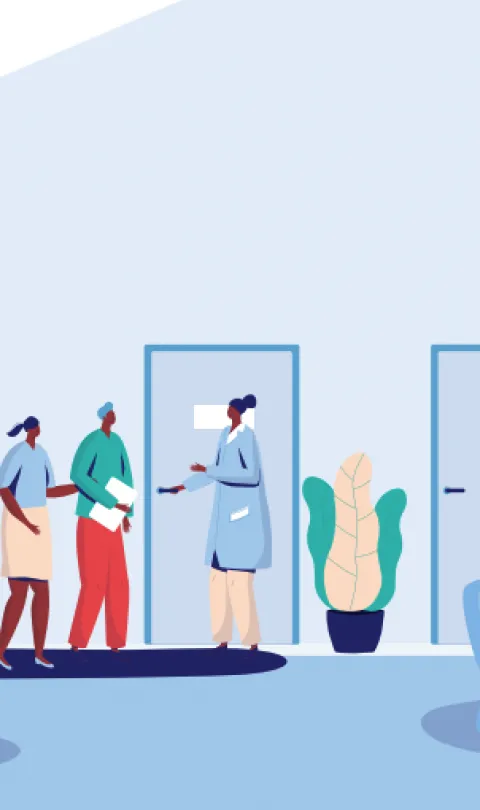The DREAMS partnership, led by the U.S. President’s Emergency Plan for AIDS Relief (PEPFAR), is an initiative committed to helping adolescent girls and young women develop into determined, resilient, empowered, AIDS-free, mentored, and safe women. This is achieved through a core package of evidence-informed approaches that address the structural drivers which directly or indirectly increase girls’ HIV risk beyond the health sector. Given the complexity and diversity in implementing these interventions, DREAMS provides multiple services from a variety of sectors to ensure that adolescent girls and young women are reached in a holistic manner. It is therefore crucial that data systems that collect various elements for each service be interoperable to facilitate seamless service delivery to DREAMS recipients. Such interoperable data systems would then be useful in optimizing data use to inform expansion and/or intensification of DREAMS interventions.
The Global Partnership for Sustainable Development Data and PEPFAR identified the DREAMS partnership as an example that included significant experimentation across multiple countries towards interoperability for tracking delivery of layered services for adolescent girls and young women. By using Data interoperability: A practitioner’s guide to joining up data in the development sector as an analytical framework, this case study aims to distill good practices in developing and implementing interoperable data systems at the program level. The case study focused on analyzing DREAMS programs in Kenya, Uganda, and Zimbabwe. It also aimed to extract lessons learned and insights that could inform improvements across all DREAMS data systems to support similar efforts in other contexts and sectors.

